I love baking sourdough bread at home, and while many recipes suggest using a Dutch oven, it’s not the only way to achieve a delicious, crusty loaf. In fact, there are several alternatives to using a Dutch oven that will still give you amazing results. Today, I’m going to share with you my favorite ways to bake sourdough bread without a Dutch oven, so you can enjoy delicious, homemade bread right from your home oven.
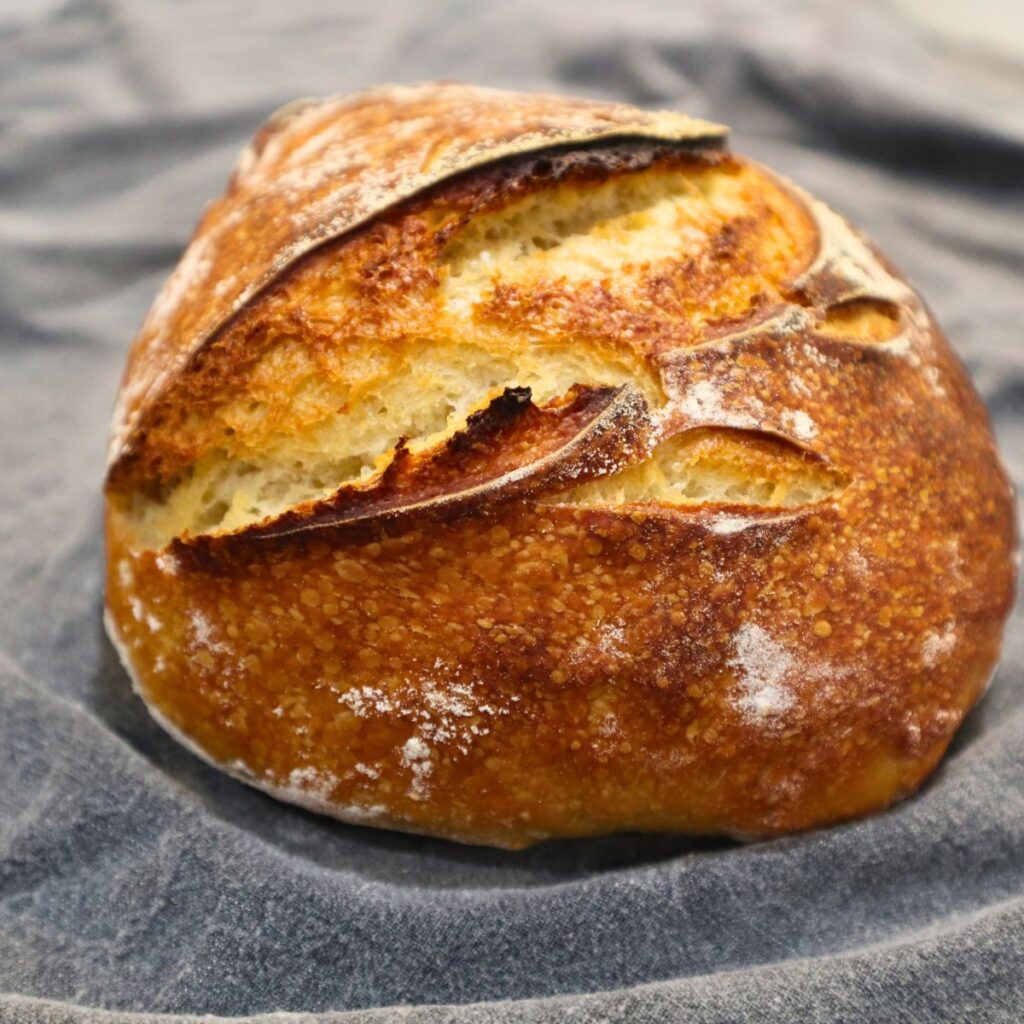
Discloser Note:
This post may contain affiliate links, which means I make a small commission at no extra cost to you. See my full disclosure here.
Making Sourdough Without A Dutch Oven
Before we dive into the methods, let’s start with the basics. To bake sourdough bread, you need an active sourdough starter, which is a combination of flour and water that has been allowed to ferment over time. You’ll also need flour, water, and salt to make your dough mixture. Once you have your dough, you’ll need to let it rise and ferment, which is when the sourdough starter creates the air pockets that give the bread its unique texture and flavor.
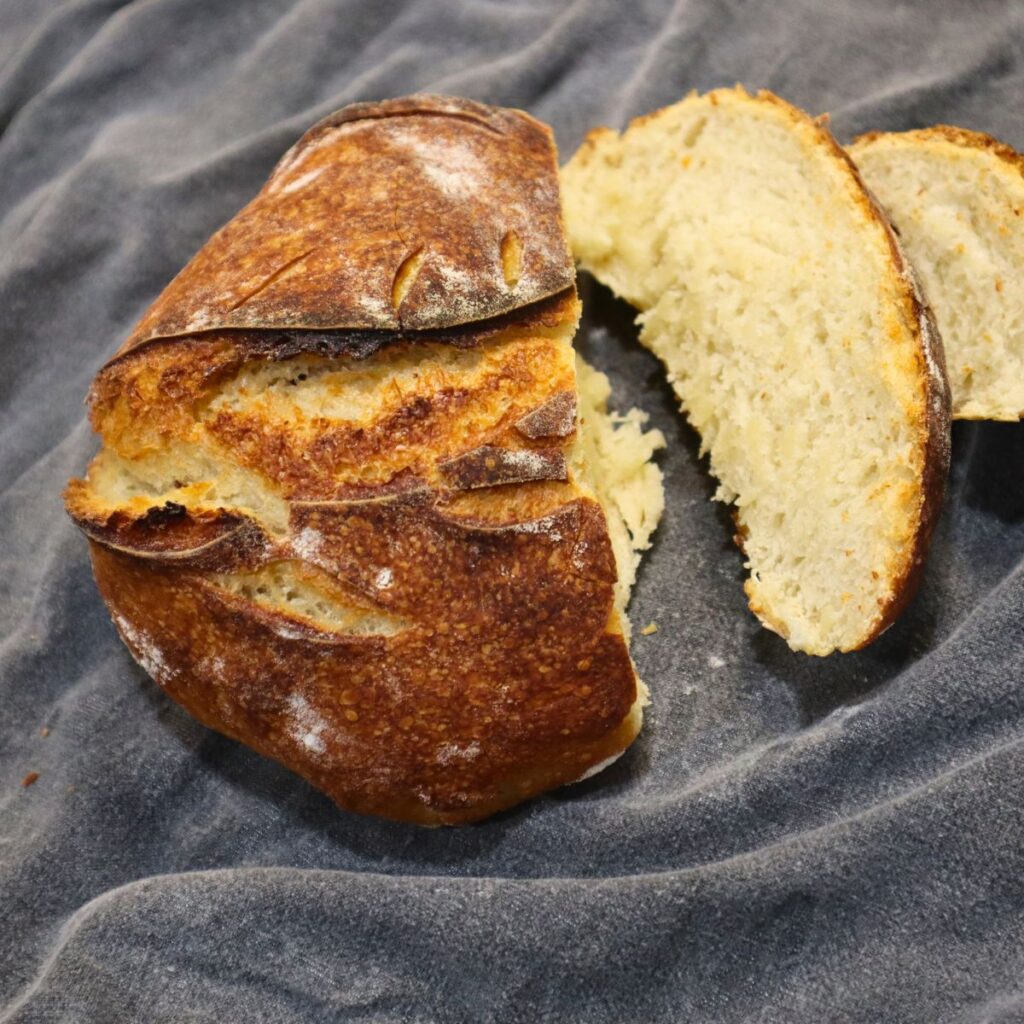
Can I Bake My Sourdough Without A Dutch Oven?
The first step to baking sourdough bread without a Dutch oven is to create the right baking environment. A hot oven with high heat is essential for getting the best results. Preheat your oven to 450°F. While the oven is preheating, place a baking stone, pizza stone, or even a baking tray in the oven to heat up. You want both your oven and the tray that you are baking the bread on to be very hot.

Can You Bake Sourdough On A Baking Tray?
Yes. You can also use a baking stone, cast-iron skillet, loaf pan, or sheet pan if you don’t have a baking tray.

Preparing The Sourdough For Baking
Next, prepare your dough for baking. Shape the dough into a ball and place it on a piece of parchment paper. Use a bench scraper, a sharp knife, or a razor blade to score the top of the loaf. Then, let the dough rest and rise again for 30-60 minutes. If you are looking for a more artisan bread then I recommend using a razor blade for the scoring. You can get good results just by using a sharp knife but if you want the decorative design on top then the razor blade works best. While the dough is resting, you can prepare your baking environment.
Keep in mind that this guide assumes you have already followed the rising preparation for your sourdough bread recipe. When you initially make the sourdough recipe you will follow a series of rising, kneading or folding and stretching, and allowing the dough to sit in the fridge overnight. Whatever recipe you have chosen for your sourdough make sure that you follow all of the instructions prior to baking.
If you do not have a recipe you can print one for free here.
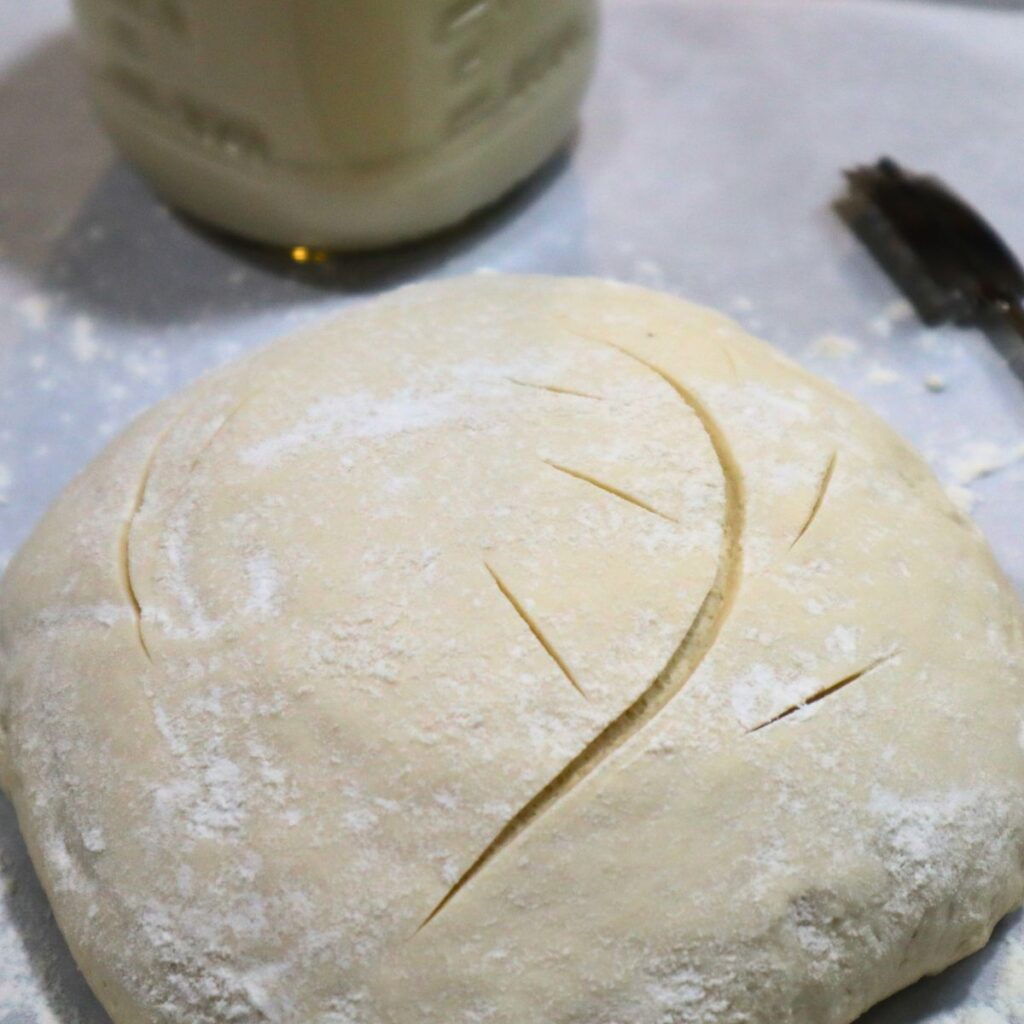
Why Is Sourdough Baked With A Dutch Oven?
Sourdough is traditionally baked with a dutch oven in order to create the hot and steamy environment that forms the crispy crust we associate with a loaf of sourdough bread. Since you are not going to be using a dutch oven we need to recreate the same steamy environment inside of your oven.
To create a steamy environment that will help your bread rise and form the crusty bread, you can use a few different methods. One way is to place a tray of lava rocks on the bottom of the oven and pour hot water over them just before you put the bread in the oven. Another way is to use a spray bottle to mist the dough with water just before you put it in the oven. You can also place a casserole dish filled with hot water on the bottom of the oven to create steam.
Personally, if I am not using a dutch oven then I always opt for the method of using a casserole dish filled with water on the bottom tray of my oven. This is the best way for creating steam and it has always produced a great loaf of bread for me.
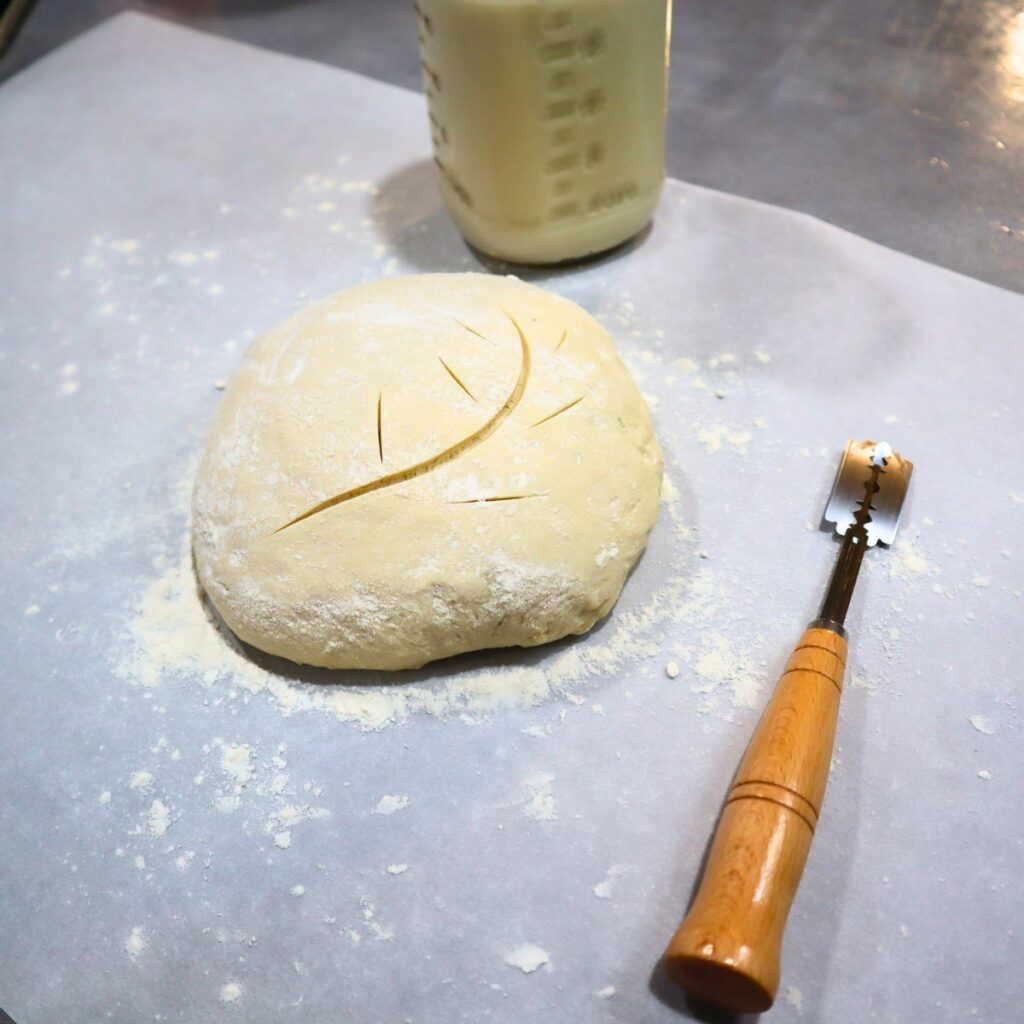
Baking Sourdough Bread Without A Dutch Oven
Now it’s time to bake the bread. Carefully transfer the dough with the parchment paper onto the preheated baking stone or baking sheet in the oven. If you’re using a skillet or a loaf pan, you can place the dough directly in the pan.
Once you have transferred the bread into your hot and steamy oven you can proceed by following the baking instructions as outlined in your sourdough recipe. The result will be a golden brown loaf of delicious sourdough bread.
Finally, when baking sourdough bread without a Dutch oven, it’s important to let it cool completely on a wire rack before slicing it. This will help the crust to fully form and will ensure that your bread has a nice texture. If you cut into the bread before it has cooled you run the risk of having a gummy texture in the interior of your loaf.
In summary, if you don’t have a Dutch oven and want to bake sourdough bread, there are many dutch oven alternatives available. While a Dutch oven provides the best results, a baking stone, a cast iron skillet, or a loaf pan can all yield similar results with a little extra effort. Creating a steamy environment in your oven is key to achieving the perfect loaf of sourdough bread. So don’t be afraid to try baking sourdough bread without a Dutch oven – with a little practice, you can still create an amazing sourdough bread right in your own home oven!
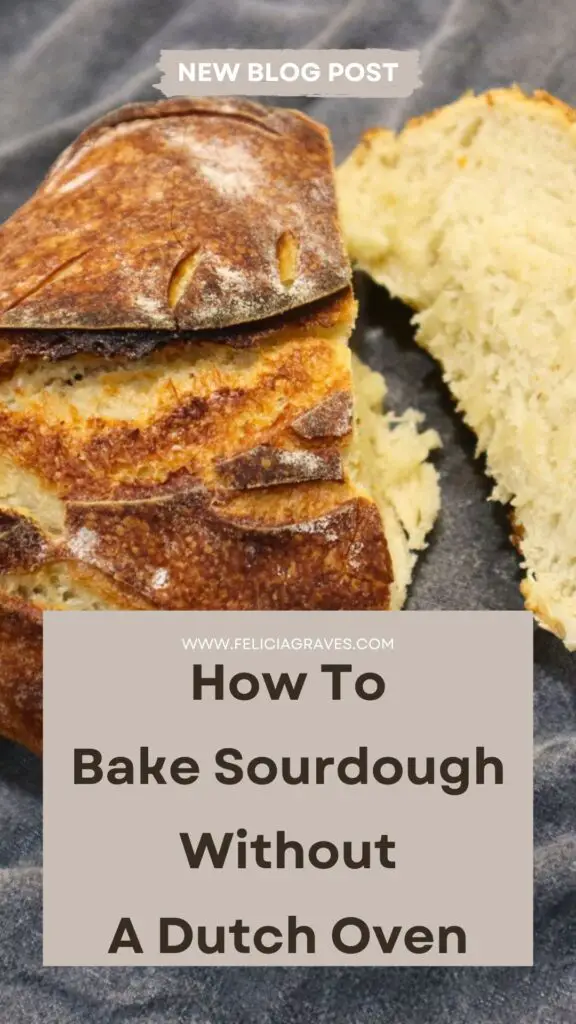

Leave a Reply